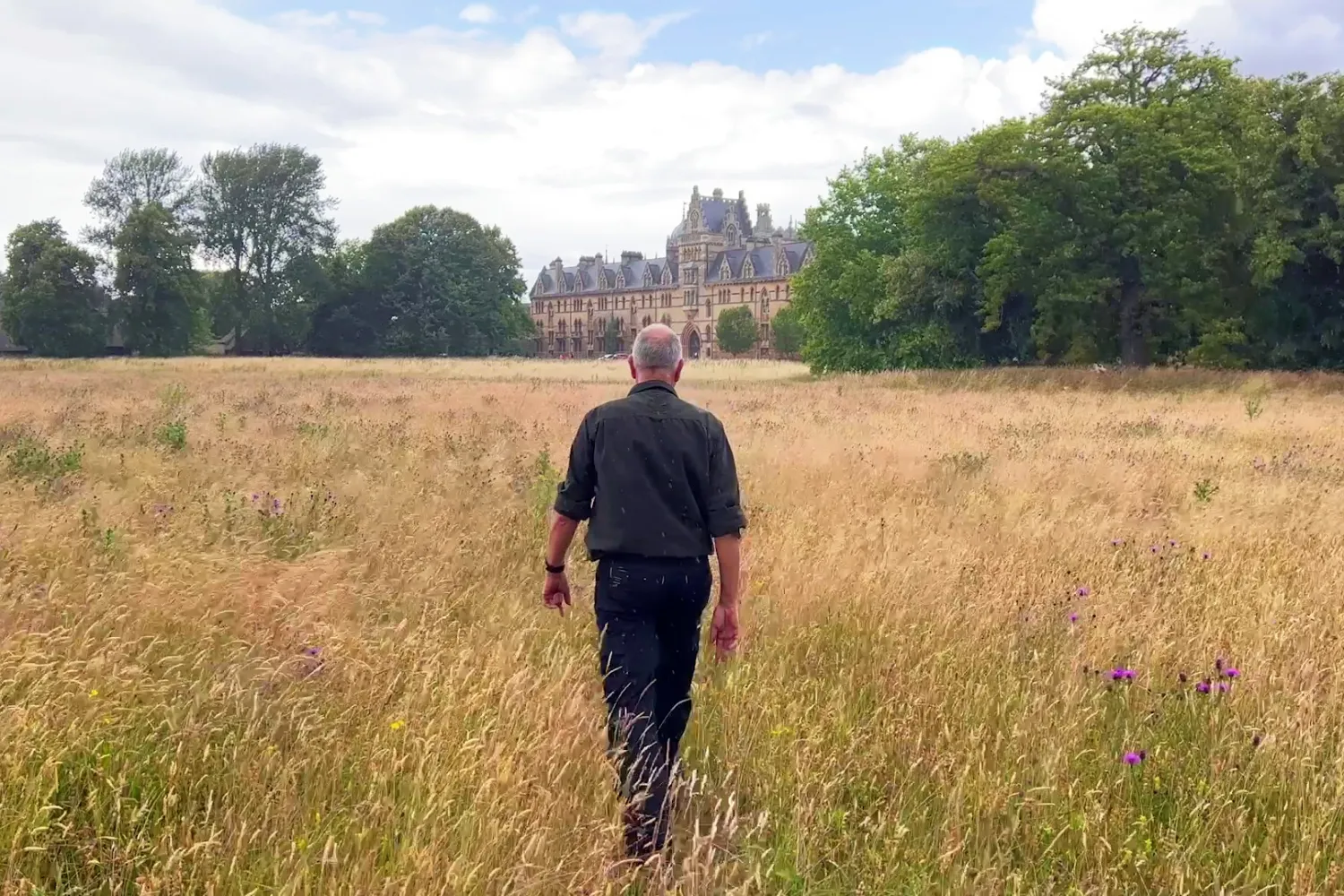Breadcrumb
Pastures new: final reflections from our Head Gardener
For well over a decade our Head Gardener John James has maintained and enriched our precious green spaces, leading our Gardens Team through a period of change in which sustainability and nature have taken centre stage. His work has brought joy to thousands of students and staff members who have delighted in the beauty of our gardens, and to millions of visitors from across the globe who have wandered and relaxed in Christ Church Meadow over the years.
After 13 years of service, John has decided that the time is right to retire. Read on for some of his career highlights.
Having been Head Gardener of Christ Church for 13 years, I have seen many improvements in terms of the diversity of planting, the quality of garden care and behind-the-scenes facilities, and an increasing awareness of sustainability. It is difficult to sum up all that has gone on, but here are five highlights from my time managing the gardens and Meadow.

Composting
Not the most glamorous of subjects, but behind every good garden is a good compost heap, and we were lucky enough to be able to incorporate a sizeable composting area when the new Visitor Centre and work yard area were built in 2018. This new area coupled with the purchase of a large green waste shredder enables the team to process all green waste – grass, weeds, leaves, branches, roots, wood chips from tree work, even whole plants into what some call "black gold".
After shredding the resulting compost is turned as frequently as time allows, and within a year becomes a valuable product that we use as a mulch around trees and on borders. This mulch helps feed the plants, retains moisture and keeps the weeds down. All this is a great sustainable option, making use of waste that would otherwise go off site to landfill or be burnt, and turning it into a valuable product that would otherwise have to be sourced elsewhere. The compost heaps are also great for biodiversity, offering a home to many creatures such as earthworms, slow worms and grass snakes.

New Walk
The tree-lined avenue that runs from the Meadow Building down to the river was originally planted in the 1860s, but none of the original trees survive. The avenue contained five different species of Lime and two species of Poplar. There were nearly 20 old Hybrid Black Poplars that were beginning to drop large limbs and which had become a safety issue.
After much consultation with bodies such as Historic England, Forestry England, The Gardens Trust, Oxford City Planning, the Oxford Preservation Society and specialist consultants such as Jeremy Barrell and Sarah Couch, a plan for phased replacement of the poplars with Common Lime (Tilia x europaea ‘Pallida’) was agreed. The first phase was completed in 2015 and the last phase in 2023, the old trees being replaced with heavy standard UK grown specimens, all of which I am pleased to say have thrived and many have just received their first crown lift pruning to keep them in good shape. In 2015 the project received a letter of commendation from the Oxford Preservation Trust.



Glasshouse/nursery
When I arrived at Christ Church, the nursery area was a chaotic mix of plant benches and ramshackle small greenhouses. After a great deal of thought, consultation and budgeting a fantastic new purpose-built glasshouse was built by Harrier Garden Development in 2016. Now all the phases of building work are complete we have a fantastic growing space, with attached potting shed, and adjacent cold frames giving us a great facility to grow plants for the gardens and Meadow. Built with sustainability in mind, the glasshouse is heated by an air source heat pump, has thermal screens to reduce the heat inputs required and rain water is harvested to keep us self-sufficient in water.



Pococke Garden
The Pococke Garden has a wonderfully sheltered, slightly raised area nestling against the old city wall. When I arrived, this only had a Trachycarpus palm and a small number of dull evergreen shrubs of little interest. We decided to turn this into a sub-tropical, exotic corner and now have a range of plants such as hardy bananas (Musa basjoo and M. sikkimensis), Rice Paper Plant (Tetrapanax papyrifera), Echiums, giant Mexican Dahlias and Mediterranean Arundo. These are joined in the summer by tender plants in pots such as Ensete ventricosa, Sparmannia africana and Fuchsia paniculata.
To add interest to the area which is much used by staff for relaxation a slate sphere water feature was added in 2017. This is not only popular with staff, helping drown out background noise, but has become a valuable water source for many birds and insects. The sphere was made for us by a Galloway stone craftsman from recycled roofing slates and weighs in excess of 2.5 tonnes.
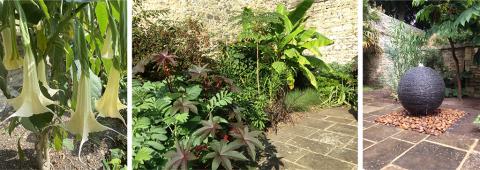

Meadow
There are two aspects to this: firstly, the outer, public areas; and secondly the Meadow fields. The public perimeter walks around the Meadow had become very over maintained and almost completely lacking any floral interest, being just tightly mown grass. This was an easy win, reducing mowing from weekly to annually in many areas has led to the return of many flowering species such as Cow Parsley, Knapweeds, Hemp Agrimony and Ox Eye Daisies. We even now see native orchids, such as Common Spotted, Pyramidal and Bee Orchids on a regular basis, none of which we have reintroduced. This, what I term passive management, has led to an increase in biodiversity at all levels, huge reductions in man power and fuel inputs, and the removal of the constant noise from mowers and strimmers.
In some areas we have carried out more active management, sowing native wildflower species such as Cowslips, Yellow Rattle, Wild Carrot and Ragged Robin, as well as planting tens of thousands of native spring bulbs such as Wild Daffodils, Blue Bells, Wild Tulips and Snake's Head Fritillaries.
In the northern Meadow field in 2020 we took a much bolder approach, ploughing up half the field and then spreading green hay from an ancient floodplain meadow near Eynsham. After a shaky start including a devastating badger attack and then flooding, this has been a huge success and we have increased the number of plant species by around four times and now have good populations of many flood plain meadow species, such as Great Burnet, Devil’s Bit Scabious, Pepper Saxifrage, Yellow Rattle, Ladies Smock, Ragged Robin, Ladies Bedstraw and Meadow Rue. Much to our delight during this process we discovered an existing population of Adder’s Tongue Ferns, an amazing ancient primitive species and a great indicator of ancient floodplain meadow environments.
This project earned the University Vice Chancellor’s Environmental Sustainability Project Runner Up Award Runner Up in 2023 and was the subject of an article in the Financial Times.


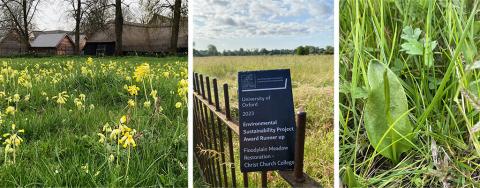
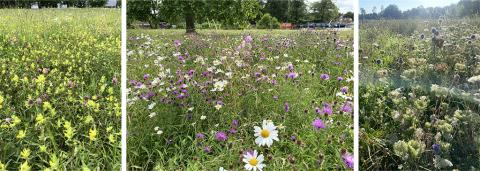
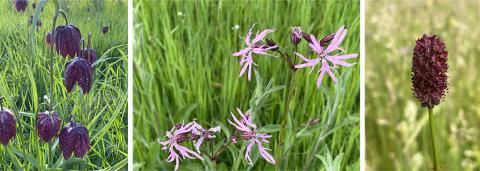
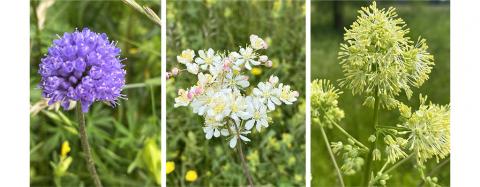
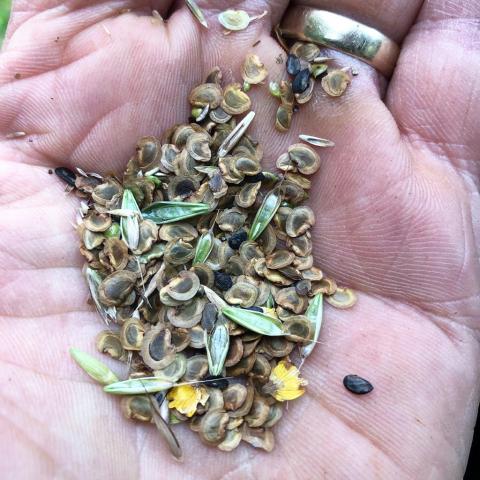
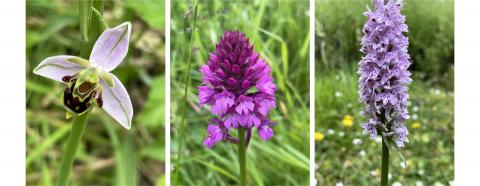
Honourable mentions!
Other highlights would have to include: our Broad Walk elm trial plantings; increasing use of battery powered machinery for sustainability and noise reasons; the Masters Garden Mediterranean border; the creation of our amazing new facilities as part of the Visitor Centre project; growing a Mandrake from seed as part of a partially Harry Potter inspired border in the Cathedral Garden; replanting Rose Lane avenue; managing to propagate the Pococke Plane tree from hardwood cuttings; and my engagement with the wider community through the Christ Church Gardener Instagram account.
I have had a hugely enjoyable and rewarding 13 years as Head Gardener here, and would like to thank the Christ Church community at all levels for their interest and support. Huge thanks also to the wider Oxford gardening community: there's a lot of great gardeners out there, some of whom have become great friends.
The whole Christ Church community would like to express sincere gratitude to John for his many years of service, and to wish him a very happy retirement.
Thank you, John! You will forever be part of the Christ Church story.
Other Christ Church news
